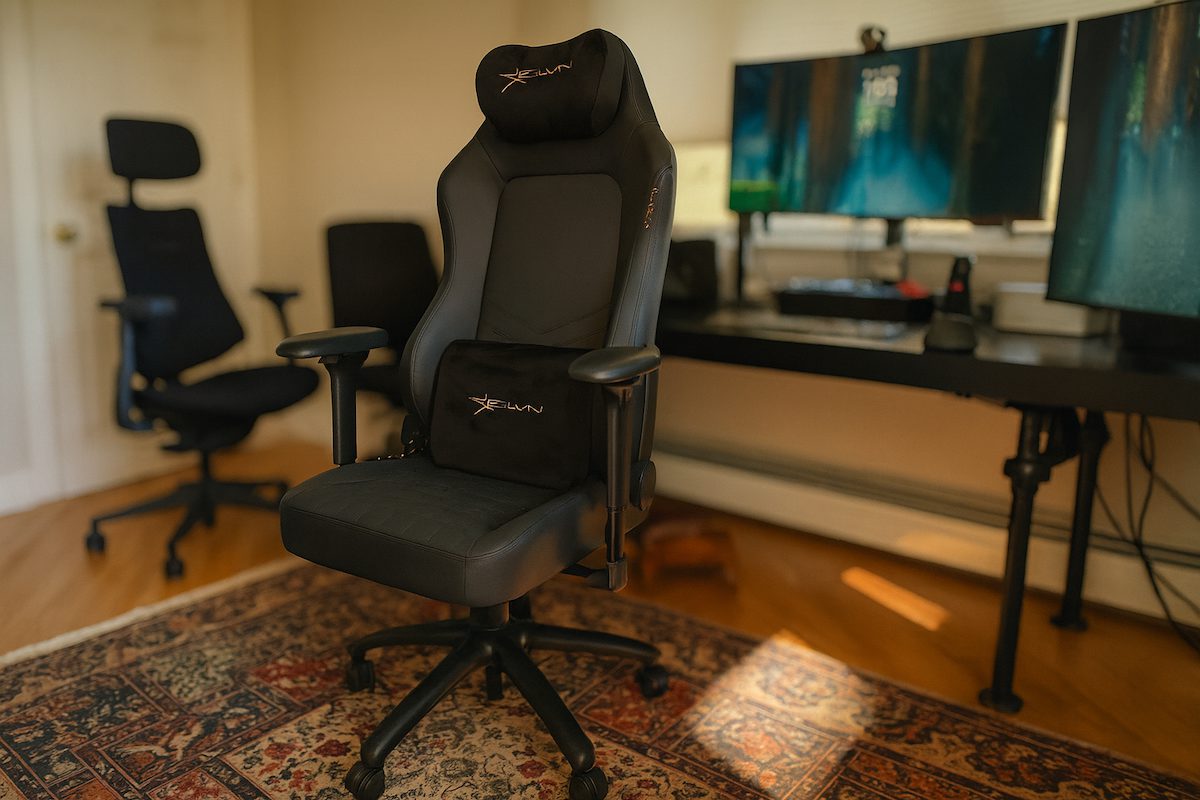Your smartphone might become the latest battleground in America’s trade wars. President Trump has publicly called out Apple CEO Tim Cook, demanding the tech giant reverse course on its massive iPhone production expansion in India and bring those manufacturing jobs stateside instead. During a business summit in Doha, Trump revealed he personally told Cook that while Apple could make iPhones in India for that market, devices destined for American pockets should be assembled by American hands.
This isn’t just casual presidential small talk. Apple’s manufacturing strategy has become increasingly India-focused, with the company already producing about 20% of its iPhones there and ambitious plans to bump that number to 25% in the coming years. The shift represents Apple’s deliberate move to reduce its decades-long dependence on China, where political tensions, tariffs, and COVID-related disruptions exposed the vulnerability of having most production eggs in one basket.
Caught in the rain without an umbrella? That’s essentially Apple’s position as it navigates competing demands from two economic powerhouses. On one side, Trump’s America-first manufacturing stance threatens to disrupt carefully laid supply chain diversification plans. On the other, India just approved a $435 million Foxconn project to manufacture Apple chips in the country, doubling down on its tech manufacturing ambitions.
If you’re wondering about the price tag of your next iPhone, this political tug-of-war matters more than you might think. Moving production to the US would almost certainly make your next device more expensive. Manufacturing costs in America dramatically exceed those in both India and China, with higher labor rates and facility expenses.
The economic math doesn’t add up for complete US production. Your iPhone contains hundreds of components from dozens of countries, with final assembly representing just one piece of an incredibly complex global puzzle. It’s like expecting your BeReal notification to wait for a convenient moment – a nice thought, but completely disconnected from reality.
What makes this situation especially thorny is the timing. Apple has accelerated its shift away from China specifically to reduce geopolitical risk, only to find itself caught in another political crossfire. The company seems determined to maintain its India strategy despite the pressure – sources indicate that Apple has quietly reassured Indian officials that their manufacturing plans remain on track.
For you, the consumer, this battle represents more than just corporate chess moves. If Trump’s demands succeed in forcing Apple to substantially shift production to the US, expect iPhone prices to climb noticeably higher. The uncomfortable reality that neither side wants to fully acknowledge? Manufacturing jobs aren’t coming back in the numbers politicians promise. Today’s electronics factories are increasingly automated, with robots handling many assembly tasks that humans once performed—including Apple’s own efforts to bring humanoid robots to iPhone assembly lines.
Your next iPhone purchase might ultimately depend on who wins this manufacturing tug-of-war. But like those $1,500 AI-powered gym mirrors that promised to transform your fitness routine but mostly just reflect your disappointment, political promises about reshoring complex supply chains often deliver far less than advertised.






























